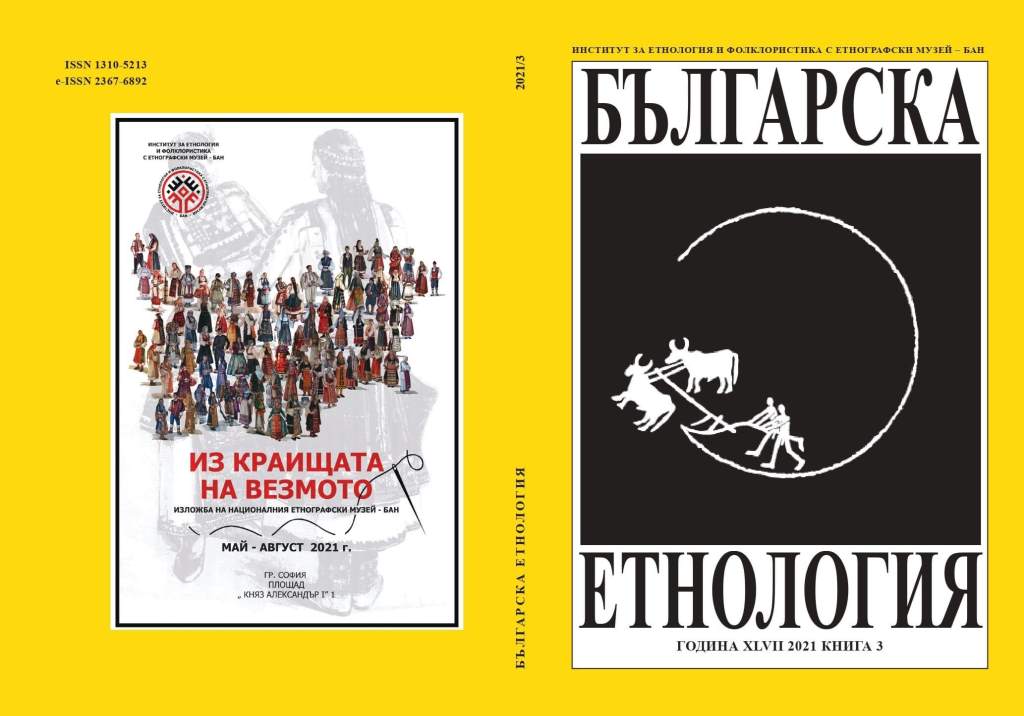Историческите възстановки – динамика, статика, масовка. (Три роли, шест преживявания, един въпрос)
Historical Reenactments – Dynamics, Statics, Crowd Scenes. (Three Roles, Six Experiences, One Question)
Author(s): Iliya ValevSubject(s): History, Anthropology, Social Sciences, Museology & Heritage Studies, Customs / Folklore, General Reference Works, Ethnohistory, Oral history, Cultural Anthropology / Ethnology, Culture and social structure , Source Material
Published by: Институт за етнология и фолклористика с Етнографски музей при БАН
Keywords: historical reenactment; self-reflection; personal history; the Middle Ages; Revival; Early-modern Bulgarian history; “Living picture“; battle scenes; historical demonstrations; visualization training
Summary/Abstract: In recent years, so-called historical reenactments have become quite popular. Over time were formed groups of its “fans“ as well as critics. Thus, different research views on this phenomenon are a logical fact. By coincidence of life circumstances, I am in a position to allow a specific study of historical reenactments “from within“, because, in addition to being an ethnologist and museum curator, I am also an active historic reconstructor who participates in reenactments. In this study, I am looking through six historical reenactments in which I have directly participated, recreating three types of personalities – an ordinary unmarried young man from pre-industrial Bulgarian society, a clergyman from the Middle Ages and the Revival and a Bulgarian volunteer from the Russo-Turkish Liberation War(1877 – 1878). My target is, based on the “experience“, to look for the parameters of merging the present with the past in historical reenactments. What is the main reason for a modern person like me to look for a merger with a person from a bygone historical period and is it possible to do more than “playing“ in two events happening simultaneously – “once there“ and “here and now“. To answer this question, I use the method of personal history and critical self-reflection, analyzing the personal experience.
Journal: Българска етнология
- Issue Year: 2021
- Issue No: 3
- Page Range: 403-428
- Page Count: 26
- Language: Bulgarian

